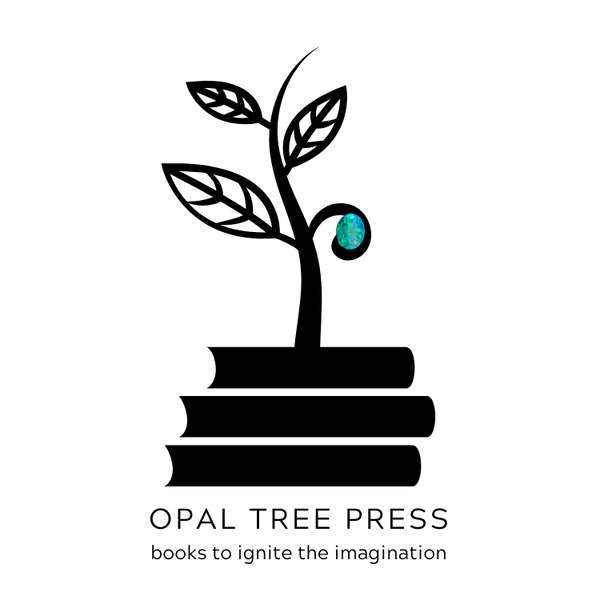Valerie Andrews

I am a visual artist, author of science fiction, and author of nonfiction books.
My artwork:
Continuing my decades-long experimental visual art practice with digital layering and integrating A.I. tools with other software. Always striving to create images that express our humanity in otherworldly settings.
My science fiction publications include:
Dystopian series called The Gaia Machine
Young adult space saga called Constellation Pegasus
Middle grade eco-magic series called Molly's Magical Adventures
My nonfiction books:
Drawing upon my academic background in the health sciences, I have a long-term interest in the psychology and neuroscience of human creativity. The books in my Inspiration & Creativity series provide a combination of practical exercises with insights from the psychology of creativity and interviews with professional authors and artists. Coming soon - a new series of books for writers.
